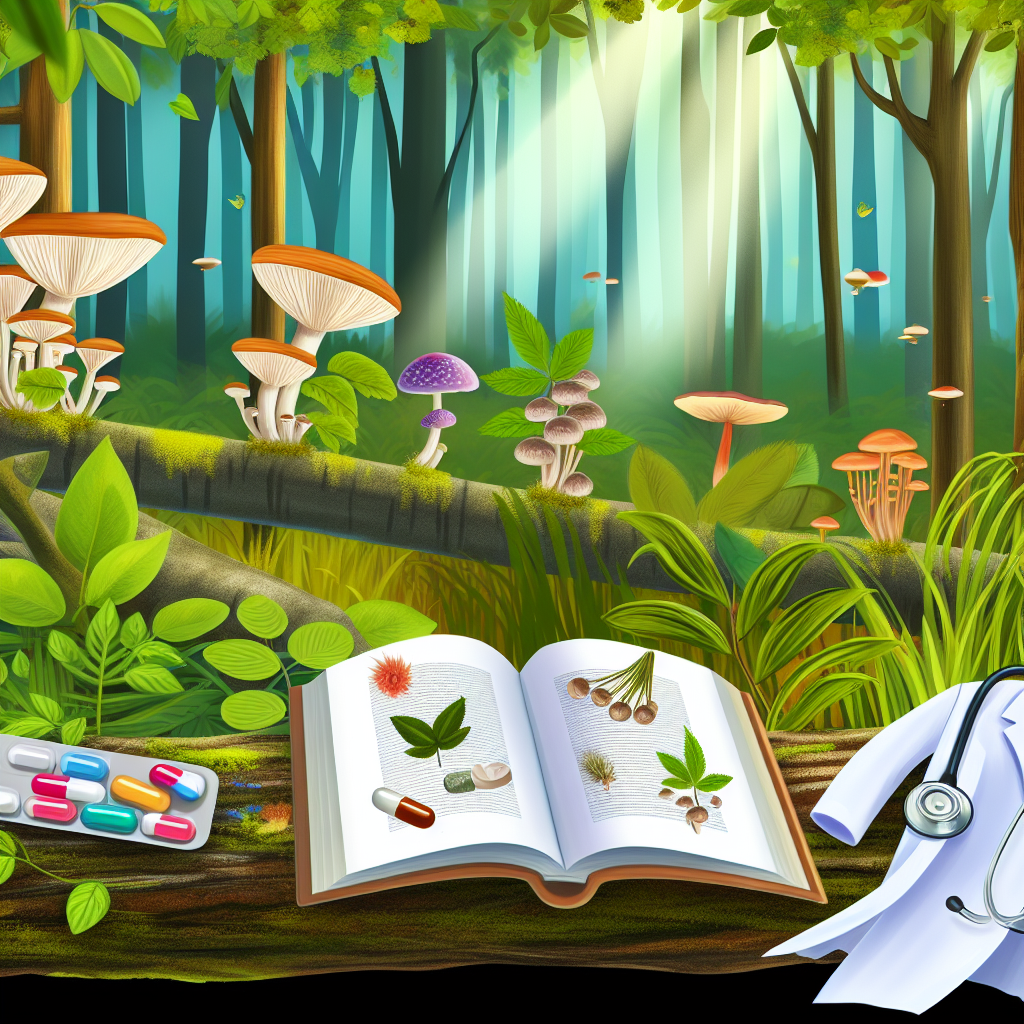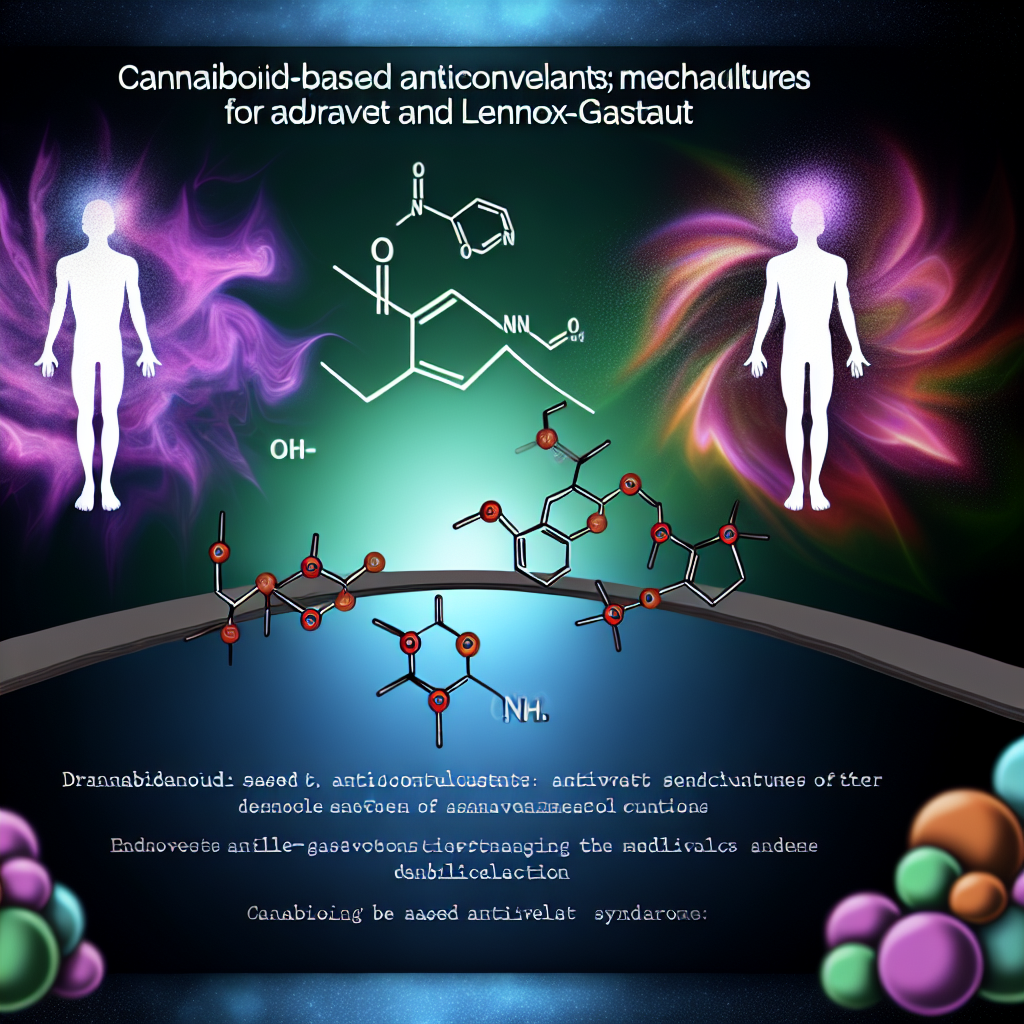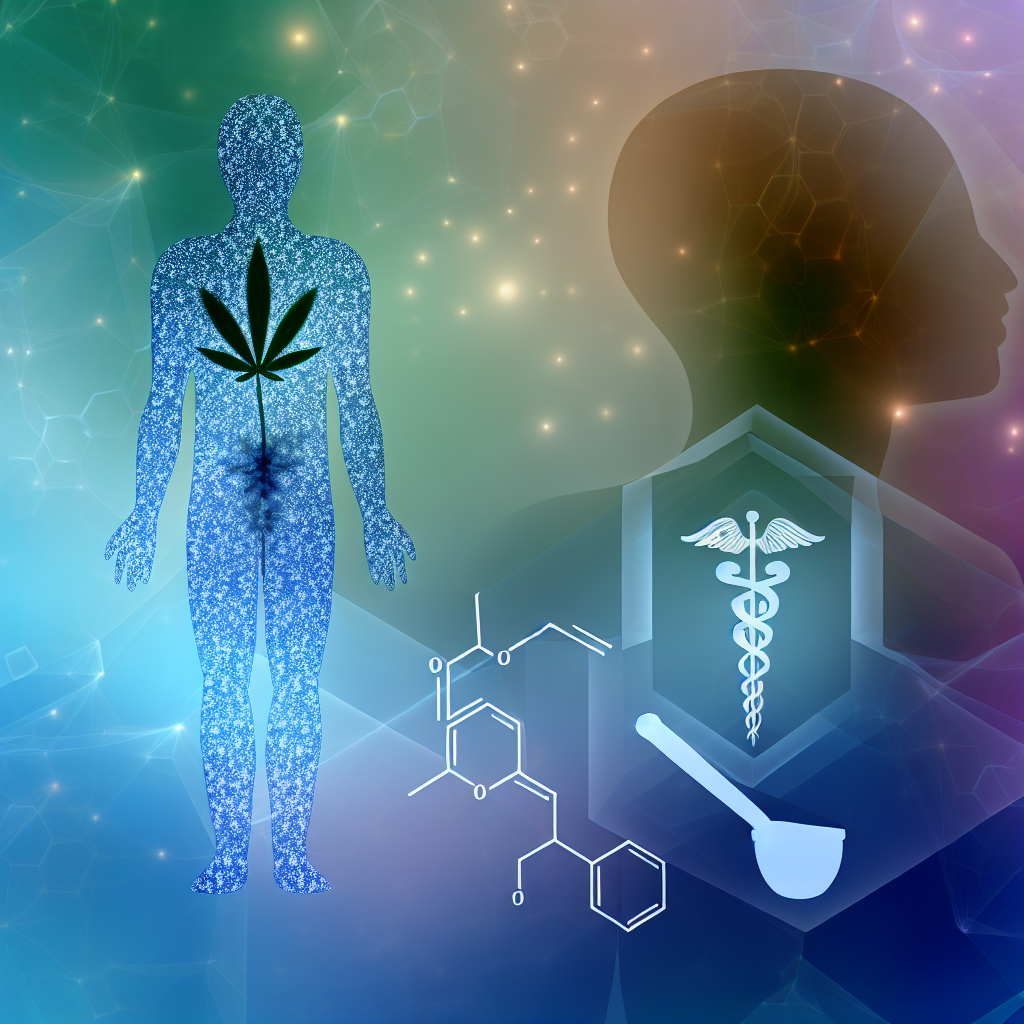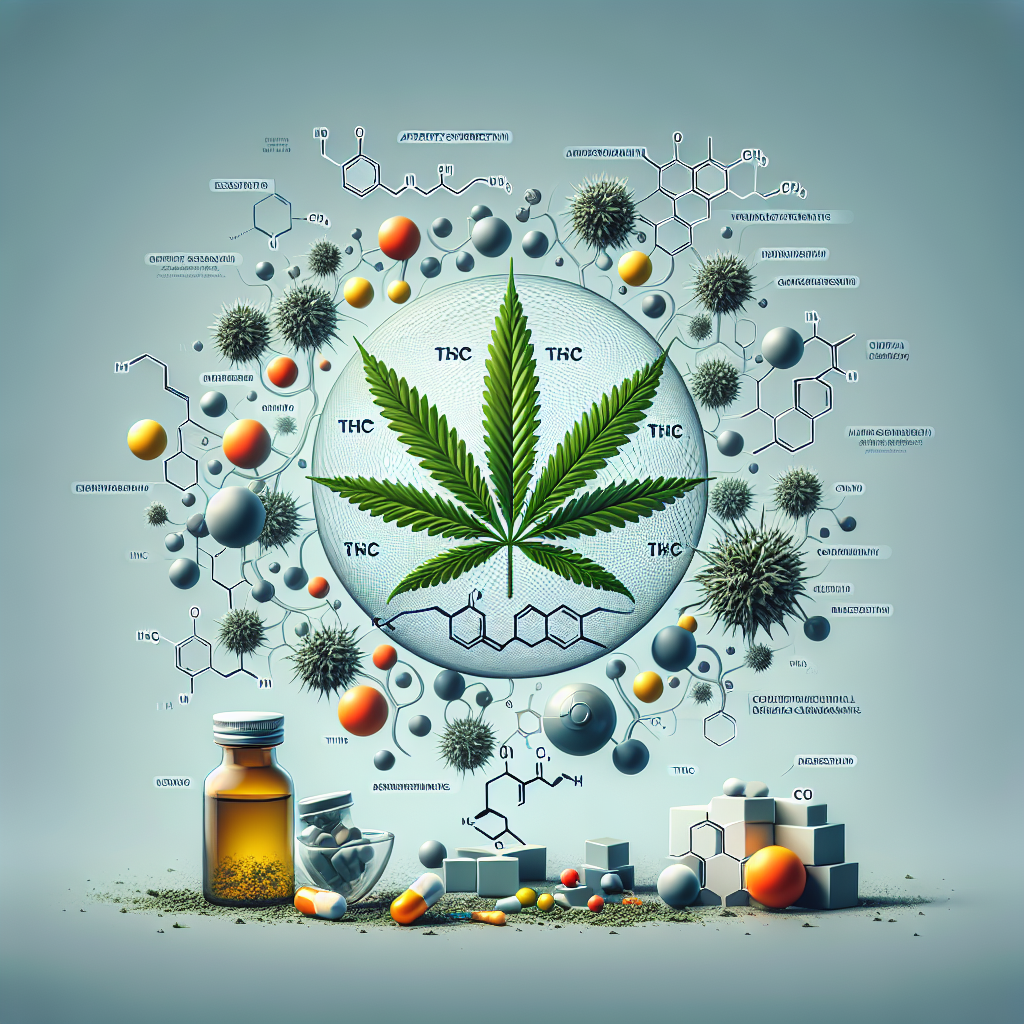Here is the clean, expanded, and formatted blog post:
Medicinal Mushroom Drug Interactions: What Your Doctor Won’t Tell You
The world of wellness has fallen in love with medicinal mushrooms. From reishi to lion’s mane, these natural fungi are popping up everywhere—teas, tinctures, capsules, and more. But while they may look like harmless health boosters, these so-called superfoods may be packing more punch than you think—especially when combined with prescription medications.
It’s time to pull back the curtain on these fascinating fungi. Welcome to the world of mushroom-drug interactions—and why your doctor might not have the full story.
The Hidden Dangers of “Natural” Remedies
Medicinal mushrooms have exploded in popularity, fueled by claims of better immunity, enhanced brain function, cancer support, and more. But just because something is derived from nature doesn’t mean it’s risk-free.
These mushrooms contain potent bioactive compounds capable of influencing the body’s biochemistry. And that means they can also interfere with prescription drugs, either intensifying their effects or rendering them ineffective. Despite this risk, many healthcare professionals don’t adequately address possible mushroom-drug interactions—mainly because traditional medical training still lacks in-depth focus on herbal and integrative medicine.
In a world where wellness trends outpace clinical guidelines, it’s often up to patients to educate themselves—or risk the consequences.
Mushrooms & Metabolism: The Cytochrome P450 Connection
One of the most critical concerns in drug-mushroom interactions lies within the cytochrome P450 enzyme system. These liver enzymes metabolize over 70% of the pharmaceuticals prescribed today. Several medicinal mushrooms have shown the ability to influence these enzymes, leading to altered drug activity.
Let’s take a look at a few standout examples:
– Reishi (Ganoderma lucidum): Research shows that reishi inhibits CYP3A4 and CYP2E1 enzymes [(Chen et al., 2018)](https://doi.org/10.1016/j.jep.2018.03.023), potentially increasing blood levels of drugs like benzodiazepines, SSRIs, statins, and chemotherapy agents—and raising the risk of side effects or toxicity.
– Chaga (Inonotus obliquus): Known for its rich antioxidant profile, chaga also inhibits cytochrome P450 enzymes [(Woldemichael et al., 2003)](https://doi.org/10.1055/s-2003-42785). When taken alongside NSAIDs or anticoagulants like warfarin, the combination could increase the risk of bleeding.
– Cordyceps sinensis: Often used for energy and respiratory function, cordyceps has immunostimulant properties. For patients who are on immunosuppressive medications—such as transplant recipients or those with autoimmune conditions—cordyceps may counteract the effects of their drugs, potentially endangering their health [(Jang et al., 2015)](https://doi.org/10.4014/jmb.1501.01033).
Neuroactive Mushrooms: Boost or Risk?
Lion’s mane (Hericium erinaceus) is a favorite among nootropic enthusiasts thanks to its nerve growth factor (NGF)-stimulating effects. While this is promising for brain health and neuroregeneration, it could interfere with medications prescribed for epilepsy or other neurological conditions where brain activity needs to be carefully regulated.
Emerging evidence also points to potential interactions between lion’s mane and antidepressants, particularly SSRIs and MAO inhibitors. By potentially enhancing serotonin activity, lion’s mane might increase the risk of a rare but serious condition called serotonin syndrome—a medical emergency caused by excessive serotonin in the brain [(Ryu et al., 2016)](https://doi.org/10.1002/ptr.5647).
Why Doctors Aren’t Warning You—And What You Can Do
If you’re wondering why your doctor hasn’t mentioned these risks, you’re not alone. According to the 2021 AAMC Curriculum Inventory Report, most U.S. medical schools dedicate less than 20 hours over four years to nutrition and integrative health education. With so little time spent on herbal and natural therapies, many physicians simply aren’t equipped to identify or manage potential drug-supplement interactions.
Compounding this issue is the lack of regulation in the supplement industry. Without standardized dosages or robust clinical trials, it’s nearly impossible to predict pharmacological interactions across the wide variety of mushroom products on the market. What’s safe in one bottle could be harmful in another.
Conclusion: Natural Isn’t Always Safe—And Power Demands Respect
Medicinal mushrooms are powerful tools—but like all tools, they can be dangerous if misused. As mushroom-based supplements continue to enter the mainstream, education around their interactions with pharmaceuticals must become a top priority, not an afterthought.
What your doctor won’t tell you (because they may not know) is that mushrooms aren’t harmless. They’re pharmacologically active—and this means they can affect your prescribed treatments in meaningful, sometimes risky, ways.
If you’re taking prescription medications and interested in using medicinal mushrooms, consult with an integrative medicine specialist or a pharmacist trained in drug-herb interactions. Wellness isn’t just about what’s natural—it’s about what’s safe, smart, and informed.
References
– Chen, Y., et al. (2018). Reishi (Ganoderma lucidum) inhibits cytochrome P450 enzymes in vitro. *Journal of Ethnopharmacology.* [https://doi.org/10.1016/j.jep.2018.03.023](https://doi.org/10.1016/j.jep.2018.03.023)
– Woldemichael, G. M., et al. (2003). Inhibition of cytochrome P450 enzymes by medicinal fungi including Chaga. *Planta Medica.* [https://doi.org/10.1055/s-2003-42785](https://doi.org/10.1055/s-2003-42785)
– Jang, H. J., et al. (2015). Immunostimulatory Effect of Cordyceps sinensis in Mice. *Journal of Microbiology and Biotechnology.* [https://doi.org/10.4014/jmb.1501.01033](https://doi.org/10.4014/jmb.1501.01033)
– Ryu, S., et al. (2016). Neurological Effects of Lion’s Mane Mushroom: Potential Interactions with Serotonin-Based Medications. *Phytotherapy Research.* [https://doi.org/10.1002/ptr.5647](https://doi.org/10.1002/ptr.5647)
– AAMC Curriculum Inventory Report (2021). [https://www.aamc.org/data-reports/curriculum-reports/interactive-data/percent-medical-schools-integrative-medicine-curriculum](https://www.aamc.org/data-reports/curriculum-reports/interactive-data/percent-medical-schools-integrative-medicine-curriculum)
Summary:
Medicinal mushrooms are becoming increasingly popular for their purported health benefits, but they can also interact with prescription medications in dangerous ways. This article explores the hidden dangers of these “natural” remedies, focusing on how they can influence the cytochrome P450 enzyme system and impact the metabolism of various drugs. It also covers the potential neurological effects of certain mushrooms, like lion’s mane, and why doctors may not be adequately warning patients about these risks. The article emphasizes the importance of consulting with integrative health professionals before combining medicinal mushrooms with prescription medications for safe and informed wellness.




